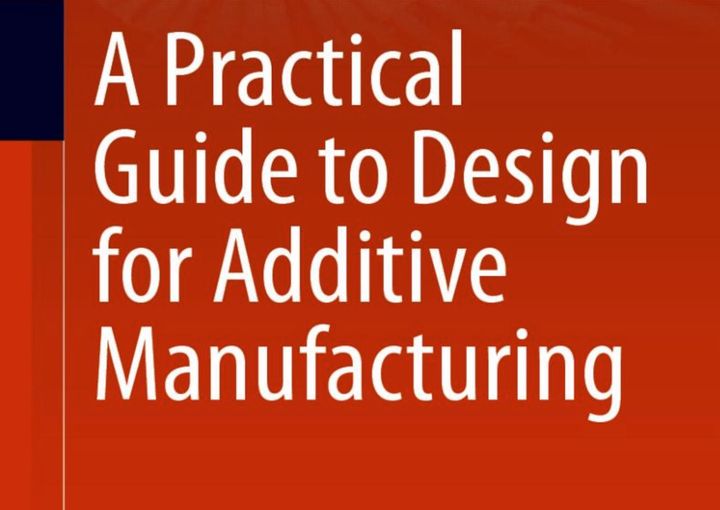
This week’s selection is “A Practical Guide to Design for Additive Manufacturing” by Olaf Diegel , Axel Nordin and Damien Motte.
Additive manufacturing is a growing technique at many companies, mainly due to the recent availability of more robust engineering materials. These have allowed manufacturers to produce new kinds of parts that were previously infeasible to make. However, to do so companies had to undertake different types of design approaches, sometimes vastly different from their current practices.
But that can be quite challenging for many companies, many of which have been using their current practices for, well, decades. Once these companies start feeling competition from others who have mastered additive manufacturing, they will need to undertake a transformation.
One way to get started in that transformational path is by reviewing this book, which covers the entire space of additive manufacturing from a manufacturer’s viewpoint.
The book begins with an overview of the technology, as many do, but here we see an emphasis on the business benefits of using additive manufacturing, including:
- Part Complexity
- Instant Assemblies
- Part Consolidation
- Mass Customization
- Freedom of Design
- Light-weighting
- On Demand Manufacturing
That’s as good a list of the benefits of 3D printing as I’ve seen anywhere, and that’s the basis of any company’s foray in the additive world. If these are well-understood, then you stand a chance of succeeding.
From there the book proceeds into the gory details of the technology, including a brief exploration of each of the major 3D printing processes.
Then the fun starts, as the book dives deep into the discipline of Design for Additive Manufacturing, a skill that is now in high demand.
You often hear the phrase “DfAM”, referring to this skill, but in fact it is actually slightly different depending on which 3D printing process is employed. That’s taken into account with this book, which proceeds with large chapters on:
- Tooling Design
- Polymer Design
- Metal Design
Each has specific details on aspects of design in their respective spaces, which are quite different. For example, the polymer chapters explore the concept of anisotropy, something that’s only rarely seen in polymer AM. Once understood, a designer could work around such issues.
The polymer section has specific guidelines for the three major polymer 3D printing processes, SLA, FFF and PBF.
Similarly, the metal chapter explores design considerations for that material and its three major 3D printing processes, BJ, EBM and PBF.
I’m glad they included a large section dedicated to post-processing, which is often forgotten when additive manufacturing is described. It’s certainly part of the process required to produce a final part, and sometimes it is even the major work component. Over two dozen different post processing treatments are discussed.
If your company is considering moving into additive manufacturing, this book could be a great start to learn the basics of the technology.
Via Amazon
